Truc Temple is mainly made of jackfruit wood.
Le Loi's strategic troop movement from Thanh to Nghe
Faced with the threat of invasion by the Ming Dynasty, the cloth hero Le Loi held the Lung Nhai Oath in Thanh Hoa , gathering heroes from all over the country, building a base in the Lam Son mountainous area, raising the flag of uprising against the Ming army on January 2, Mau Tuat year, which was February 7, 1418. Due to the small number of troops, lack of food, and lack of combat experience, the Lam Son insurgents initially won a number of battles but also encountered many difficulties. After each battle, the insurgents had to move their camp to another place or move into the deep forest of Chi Linh, surrounded on all sides by the Ming army. Heroes such as Le Lai who risked his life to save his lord, and Le Thach who pioneered in pursuing the enemy, sacrificed their lives during this time.
In May 1423, while the Ming Dynasty was in a major battle with the Mongols in the North, King Le Loi of Binh Dinh and the Lam Son commanders took advantage of the opportunity to recruit more troops, boost production and store food, and especially seek out dangerous places to build new bases for long-term resistance. Following the strategy of General Nguyen Chich, King Le Loi of Binh Dinh ordered troops to advance from Thanh Hoa along the western border forest to liberate Nghe An at the end of 1424. Nghe An, now including Nghe An and Ha Tinh, had long been a large land with a large population and dangerous terrain, which could provide abundant manpower and serve as a solid base for resistance. Moreover, Nghe An at that time was weak and weak in terms of Ming troops, and was far from Dong Quan and Tay Do citadels, so they could not put pressure on the Lam Son insurgents.
On the march along the border highlands from Thanh to Nghe, Binh Dinh King Le Loi commanded the insurgents to successively attack and capture, causing heavy losses to the Ming army in Da Cang, Bo Dang, Tra Lan as Nguyen Trai wrote in "Binh Ngo Dai Cao": "The battle of Bo Dang was filled with thunder and lightning/ In Tra Lan, bamboo split and ashes flew". Because of many failures, General Tran Tri asked for peace with Binh Dinh King Le Loi, but was criticized by the Ming king, so he was forced to send troops from Nghe An citadel to recapture Tra Lan citadel. Binh Dinh King Le Loi ambushed the Kha Luu pass and So beach near Pha Luy camp, luring the Ming army into an ambush and destroying them. The consecutive victories in Nghe An in a short period of time helped the prestige of Binh Dinh King Le Loi's insurgents grow rapidly.
However, to achieve glorious victories, many generals and soldiers from the lowlands to the highlands heroically died silently, and the people built temples to honor them. They were rarely mentioned in official history, but they existed in folklore and lived forever in the hearts of the people where they sacrificed themselves for a great cause, including two generals Tran Le and Tran Dat, who had temples built on the Ngan Pho River, near Tam Soa wharf.
Sacred Truc Temple preserves the traditional beauty of Xa Lang carpentry village
Thanks to the direct guidance of teacher and poet Le Van Vy, I and teacher and literary researcher Dinh Tri Dung visited Truc Temple in Xa Lang village, Dau Xa commune, Do Gia district, Nghe An town in the past, now Tan Ho village, Tan My Ha commune, Huong Son district, Ha Tinh province. The temple is located on a large plot of land along the Ngan Pho river, recognized as a provincial-level historical and cultural relic in 2003.
During the period of fighting against the Ming invaders, Xa Lang was located in the important strategic mobile base of Do Gia, commanded by Binh Dinh King Le Loi. To the northwest of Xa Lang, on the left bank of the Ngan Pho River, was the Thien Nhan mountain range with Luc Nien citadel built by the insurgents to gather weapons, provisions, train soldiers, and serve as a springboard for military operations. Upstream of the Ngan Pho River, to the southwest of Xa Lang, the headquarters of Binh Dinh King Le Loi and the commanding general were located in Tien Hoa cave. In addition, Xa Lang was also adjacent to Linh Cam, also known as Tung Linh, where the two rivers Ngan Sau and Ngan Pho converged into the La River at the Tam Soa junction, where the famous general Dinh Le was stationed, blocking the road to the Do Gia war zone.
When the Lam Son insurgents from Thanh Hoa came to liberate Nghe An, stationed at Luc Nien citadel and Tien Hoa cave, the people around the area enthusiastically provided manpower and resources to achieve victories in Hoi Nam - Khuat Giang, Chau valley, and naval battles on Lam and La rivers. Legend has it that 600 years ago, in a fierce battle on May 14, 1425, April 17, At Ty year, two generals Tran Le and Tran Dat were seriously injured, riding their horses to Xa Lang village, Dau Xa commune. Because they lost too much blood and could not be treated, they sacrificed themselves. The strange thing is that wherever their blood fell, bamboo gradually grew into a forest. In memory of the two brave generals, the people built a temple called Truc Temple, and later King Le bestowed upon them the title of "Supreme Spirit".
The palanquin of the two brave generals of the Tran family was exquisitely carved.
After offering incense to our ancestors, we visited each part of the Truc Temple. In addition to its historical and cultural value, the temple is also a unique work of art, the more you look at it, the more attractive it becomes. Built around the 16th century, mainly from jackfruit wood, after many restorations and embellishments, the ancient temple still retains the beautiful architectural and sculptural features of the talented artisans of the famous Xa Lang carpentry village. The temple also preserves many precious artifacts, notably the wooden tablet carved by Thanh Hoang, an art work with a delicate carving of four fish transforming into dragons, along with a 29cm high stone incense burner, a 100cm high bronze bell...
Truc Temple consists of three buildings: lower, middle and upper halls. Each building has a different architectural style. All items are elaborately carved, detailed and sophisticated with very rich themes: the four sacred animals, stylized flowers and leaves, especially the image of a dragon holding a pearl, facing the moon, winding in the clouds, very flexible, lively and not overlapping. For example, two dragons facing a moon, one looking sideways and the other looking down, completely different. Or the eight bars in the middle hall, the front and back are all carved densely without confusion, with themes that do not overlap.
Professor Dinh Xuan Lam is a native of Huong Son, who together with Professor Phan Huy Le took students on field trips to study the Lam Son uprising of the cloth hero Le Loi and the Huong Khe uprising of Phan Dinh Phung. The two famous historians also came to offer incense at the Truc Temple. In a conversation with us, Professor Dinh Xuan Lam said that in his childhood, he often followed the small path along the Ngan Pho River to pass by this sacred temple. When reaching the Ha Ma stone landmark, everyone took off their hats and bowed their heads to pass through the temple. If you enter the temple gate, you will smell the fragrant scent of bamboo.
Due to the continuous war, the relics and genealogy of Truc Temple no longer exist, so the biographies of the two brave generals Tran Le and Tran Dat are not clear. However, in the spiritual life of the people of Huong Son, the two brave generals with the Tran family who had great contributions to the country have long since become sacred gods. Just as Truc Temple has endured the sun, rain, bombs and bullets, it still preserves the exquisite artistic beauty from the minds and hands of the talented artisans of Xa Lang carpentry village, as a precious heritage that is proudly passed down to future generations.
The Lam Son uprising in the 15th century, led by the hero Le Loi in cloth, fought against the Ming army for ten years, a glorious and proud page in the history of the nation. To achieve victory, countless generals and soldiers fell. Besides the famous heroes in history such as Le Lai, Le Thach, Dinh Le, Ly Trien, Le Lu, Le Lo, there were many people who sacrificed silently and were remembered and worshiped by the local people.
Article and photos: PHAN TAN HUNG
Source: https://baocantho.com.vn/den-truc-linh-thieng-a186810.html


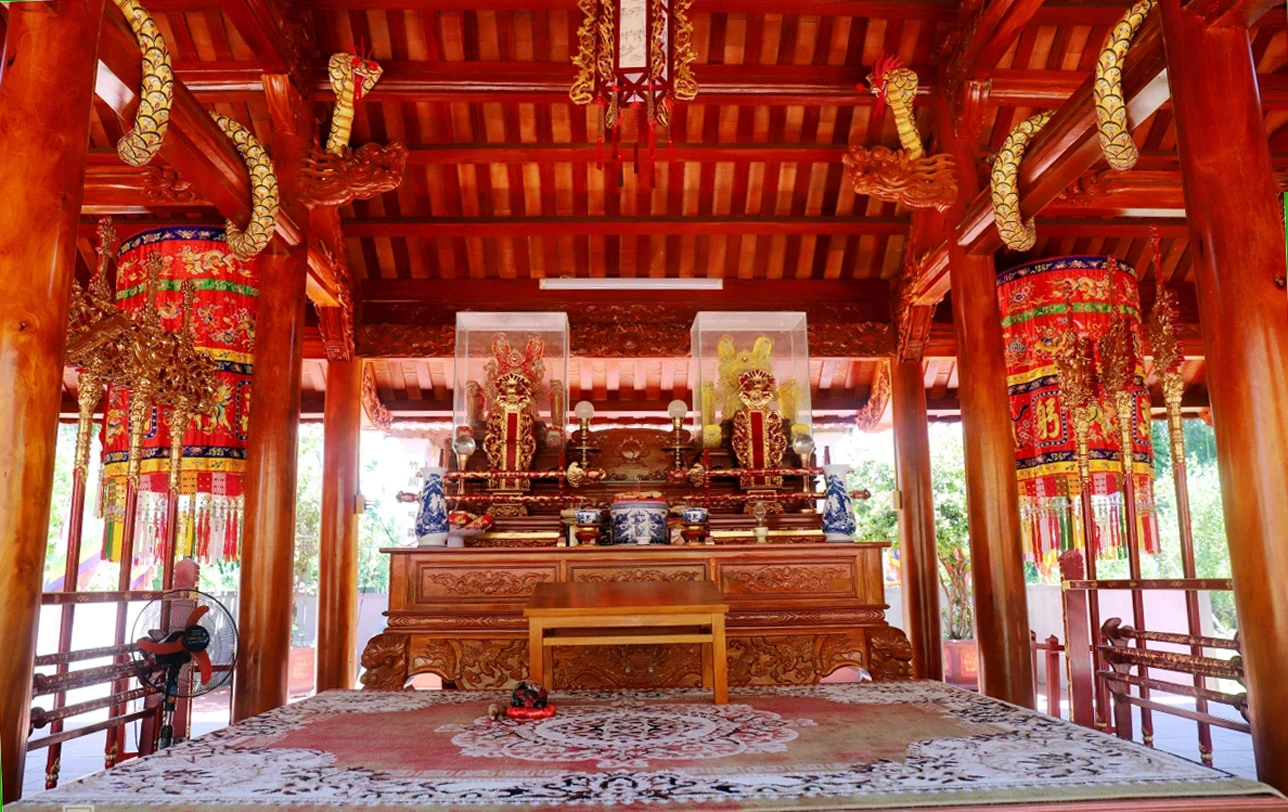
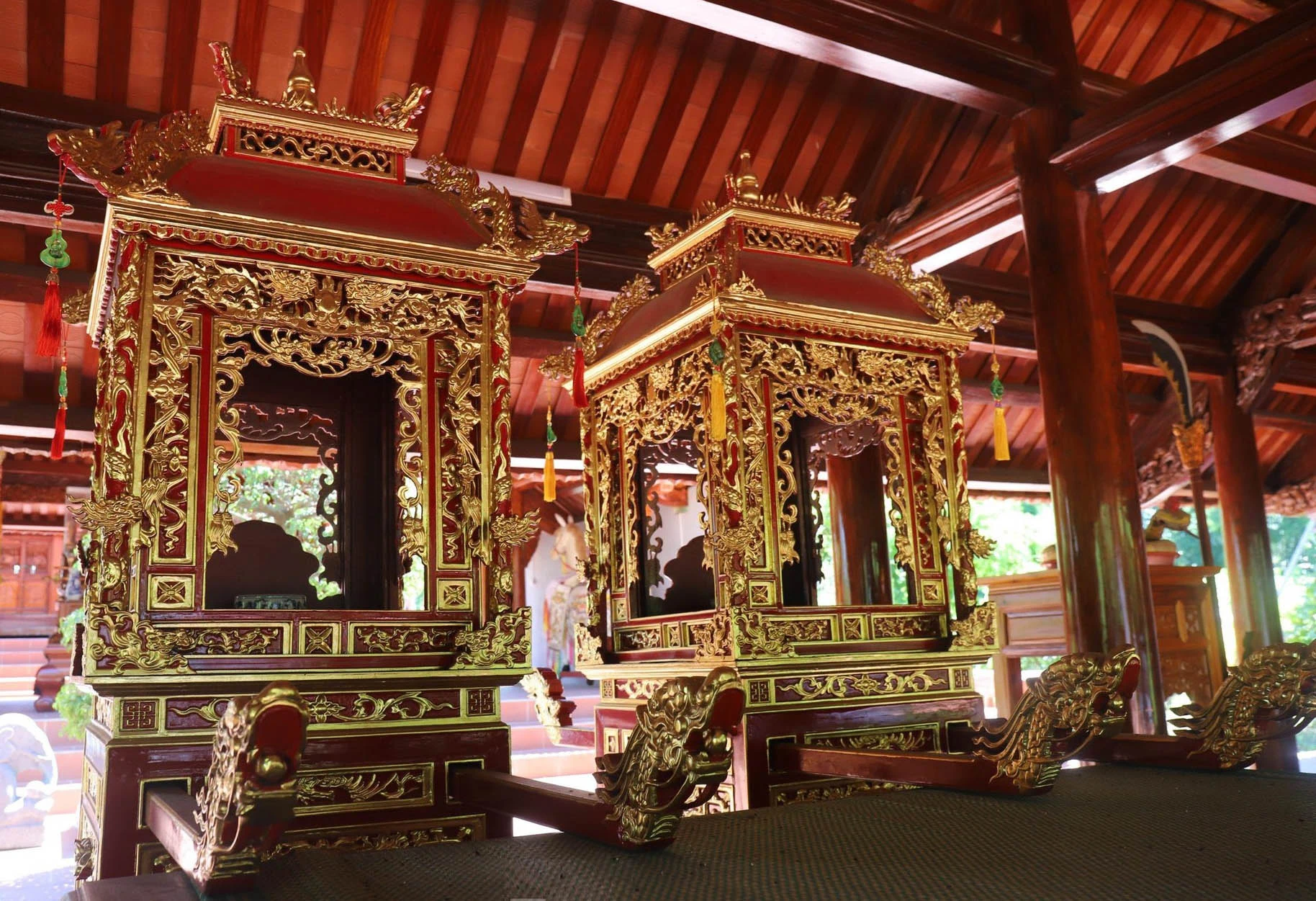

![[Photo] The Government Standing Committee works with ministries and branches on the real estate market situation.](https://vphoto.vietnam.vn/thumb/1200x675/vietnam/resource/IMAGE/2025/5/24/e9b5bc2313d14c9499b8c9b83226adba)

![[Photo] Ho Chi Minh City holds funeral for former President Tran Duc Luong](https://vphoto.vietnam.vn/thumb/1200x675/vietnam/resource/IMAGE/2025/5/24/9c1858ebd3d04170b6cef2e6bcb2019e)




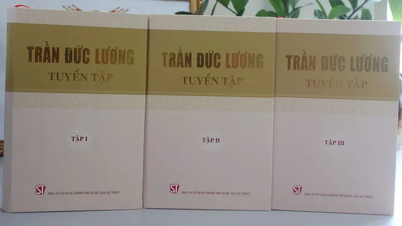
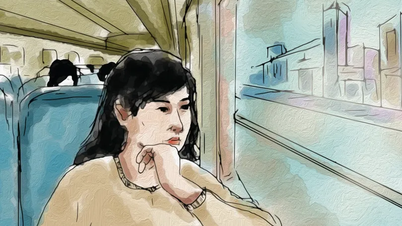
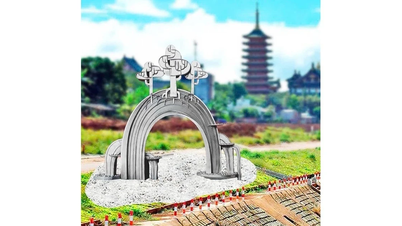

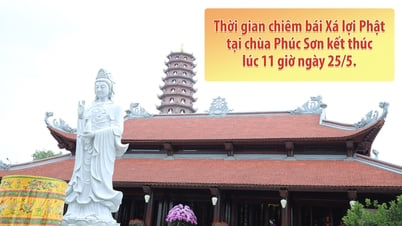





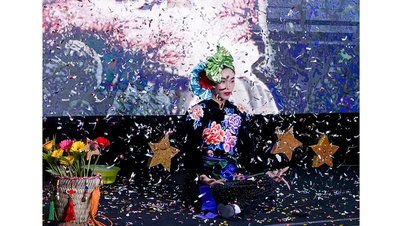
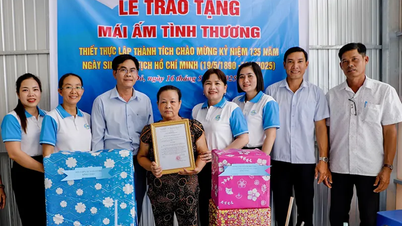


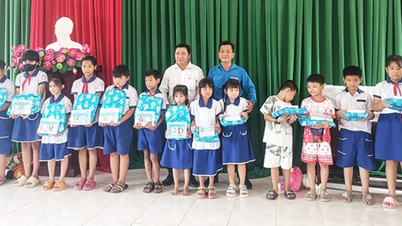


![[Photo] Party and State leaders visit former President Tran Duc Luong](https://vphoto.vietnam.vn/thumb/1200x675/vietnam/resource/IMAGE/2025/5/24/960db9b19102400e8df68d5a6caadcf6)



































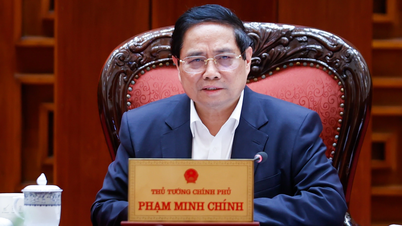












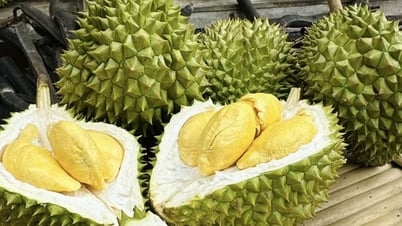

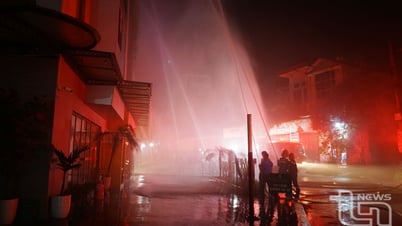












Comment (0)